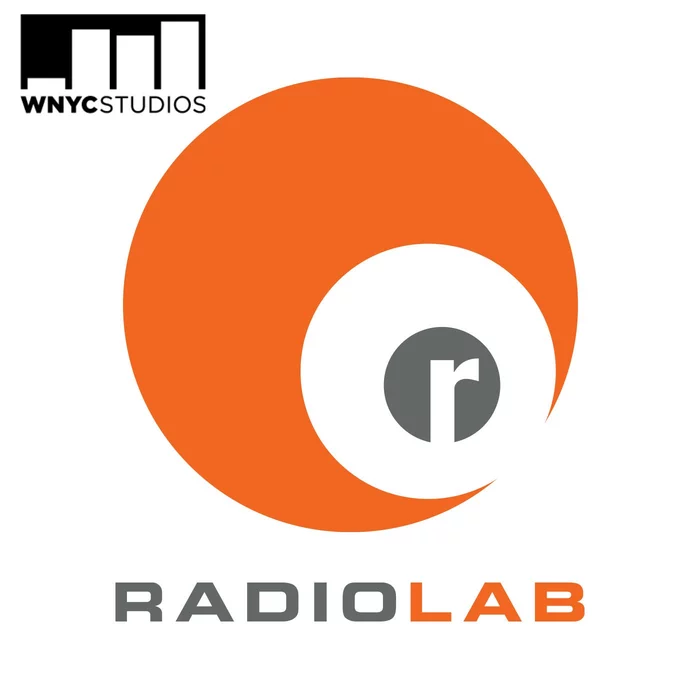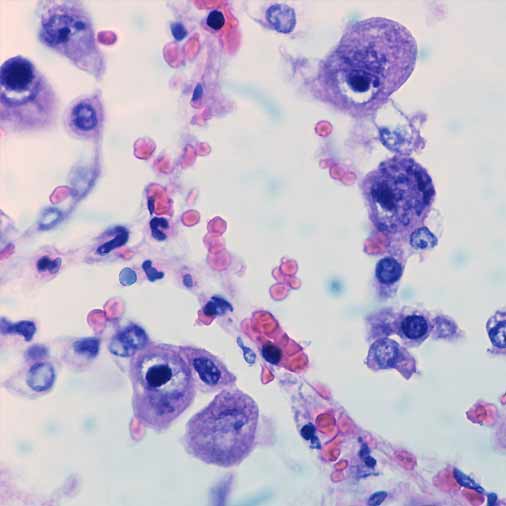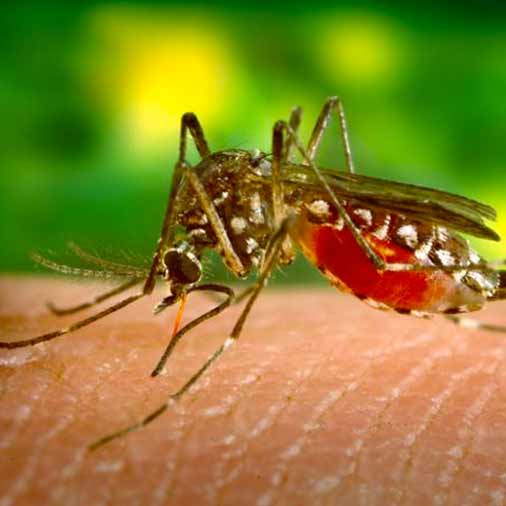In the ever-evolving landscape of bacterial pathogens, Stenotrophomonas maltophilia stands out due to its multidrug-resistant nature and its link to various infections, especially in individuals with compromised immune systems.
What is Stenotrophomonas Maltophilia?
Stenotrophomonas maltophilia is a gram-negative bacterium known for its environmental ubiquity and role as an opportunistic pathogen. It is notoriously resistant to broad-spectrum antibiotics, which makes treating infections particularly challenging. While it can be part of the normal flora in various environments, it poses a significant risk when it infects the respiratory tract, bloodstream, or wounds, especially in hospital settings.
Health Implications
The risk of infection is markedly elevated in hospitalized patients, particularly those with central venous catheters, mechanical ventilation, or long-term antibiotic use. Infections can range from mild to severe, including:
- Bacteremia
- Pneumonia
- Urinary tract infections
- Wound infections
The multidrug-resistant nature of Stenotrophomonas maltophilia complicates treatment options, necessitating the exploration of alternative and supportive therapies.
The Promise of Frequency Therapy
Frequency therapy, an innovative approach using specific frequencies to influence cellular and pathogen health, offers a complementary method for managing bacterial infections. This technique involves applying frequencies, through devices like the F100, F175, and Spooky2, targeting the pathogen’s unique vibrational signature to disrupt its activity or promote healing.
Frequency Therapy for Stenotrophomonas Maltophilia: A Closer Look
The Frequency Research Foundation has identified specific frequencies that target Stenotrophomonas maltophilia. A program incorporating these frequencies could potentially offer a non-invasive way to manage the bacterium’s impact. Key components include:
- Main Frequencies: Targeting the bacterium directly
- Supplementary Frequencies: Addressing different strains and aspects of the infection
- Detailed Programming: You can easily translate F100 scripts that deliver precise frequencies into Spooky2 presets using tools on the Frequency Research Foundation website
Frequency therapy serves as a supplementary approach that should be considered alongside conventional medical treatments after consulting healthcare professionals.
Navigating Treatment: A Multifaceted Approach
Given the complexity of infections caused by Stenotrophomonas maltophilia, a multifaceted approach to treatment is essential. This includes:
- Antibiotic Stewardship: Judicious use of antibiotics to combat resistance
- Infection Control Measures: Preventing the spread in healthcare settings
- Exploring Supplementary Therapies: Including frequency therapy as a supportive measure
Stenotrophomonas maltophilia represents a significant challenge in infectious disease management due to its antibiotic resistance. While conventional treatments remain at the forefront, exploring innovative approaches like frequency therapy could offer new pathways to support health and manage infections. As always, you should undertake such approaches with professional guidance and in conjunction with standard care practices





